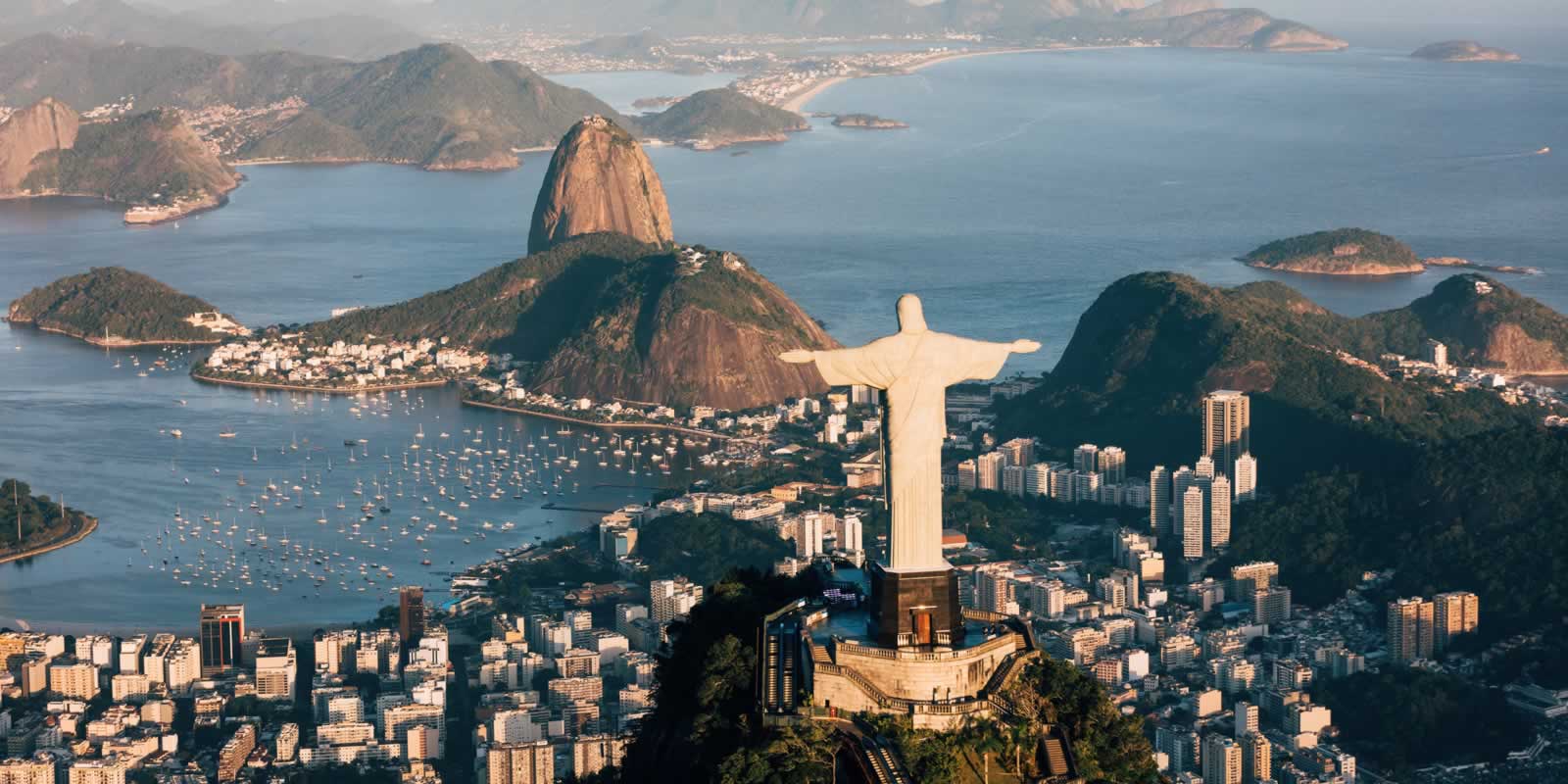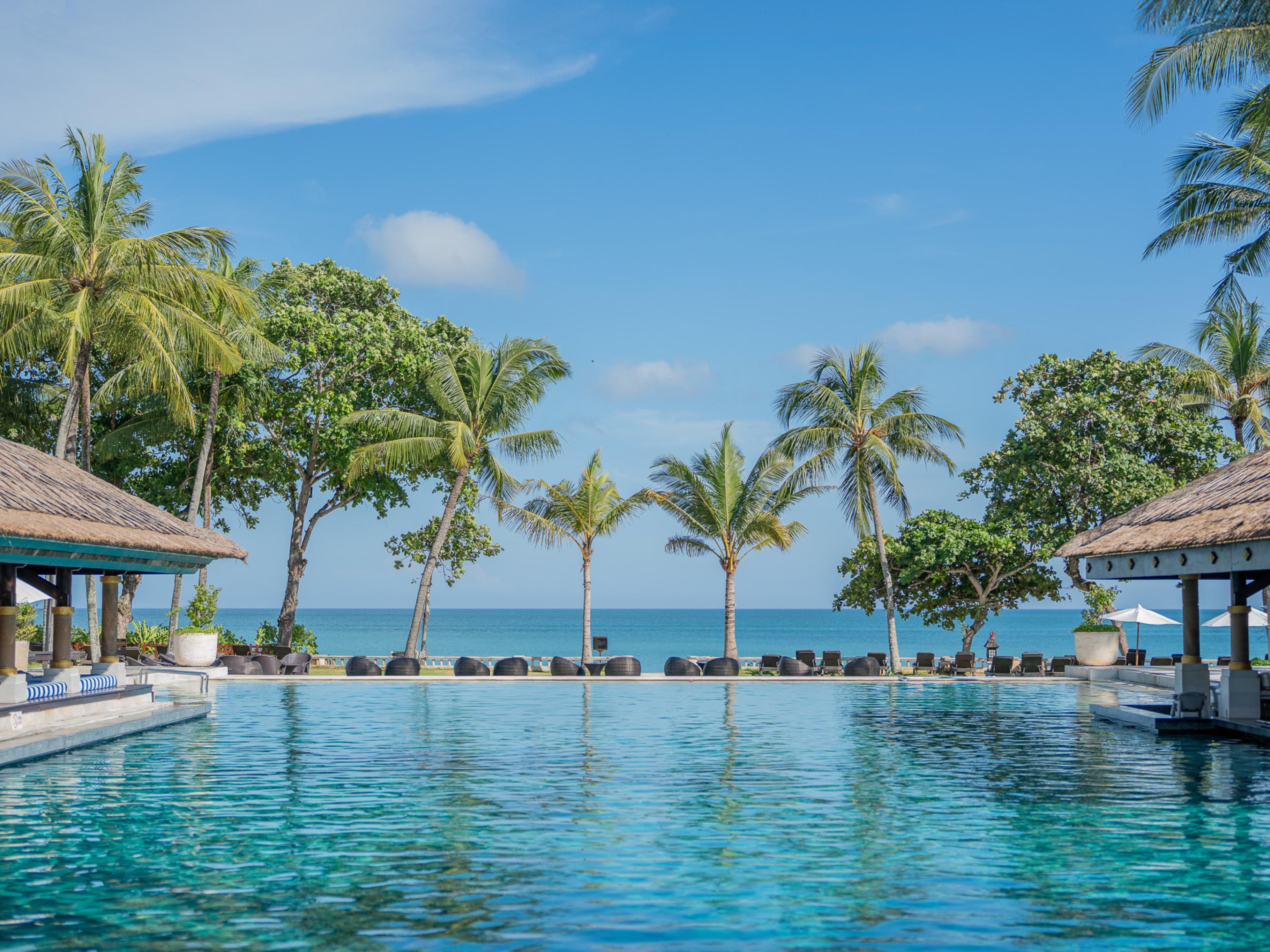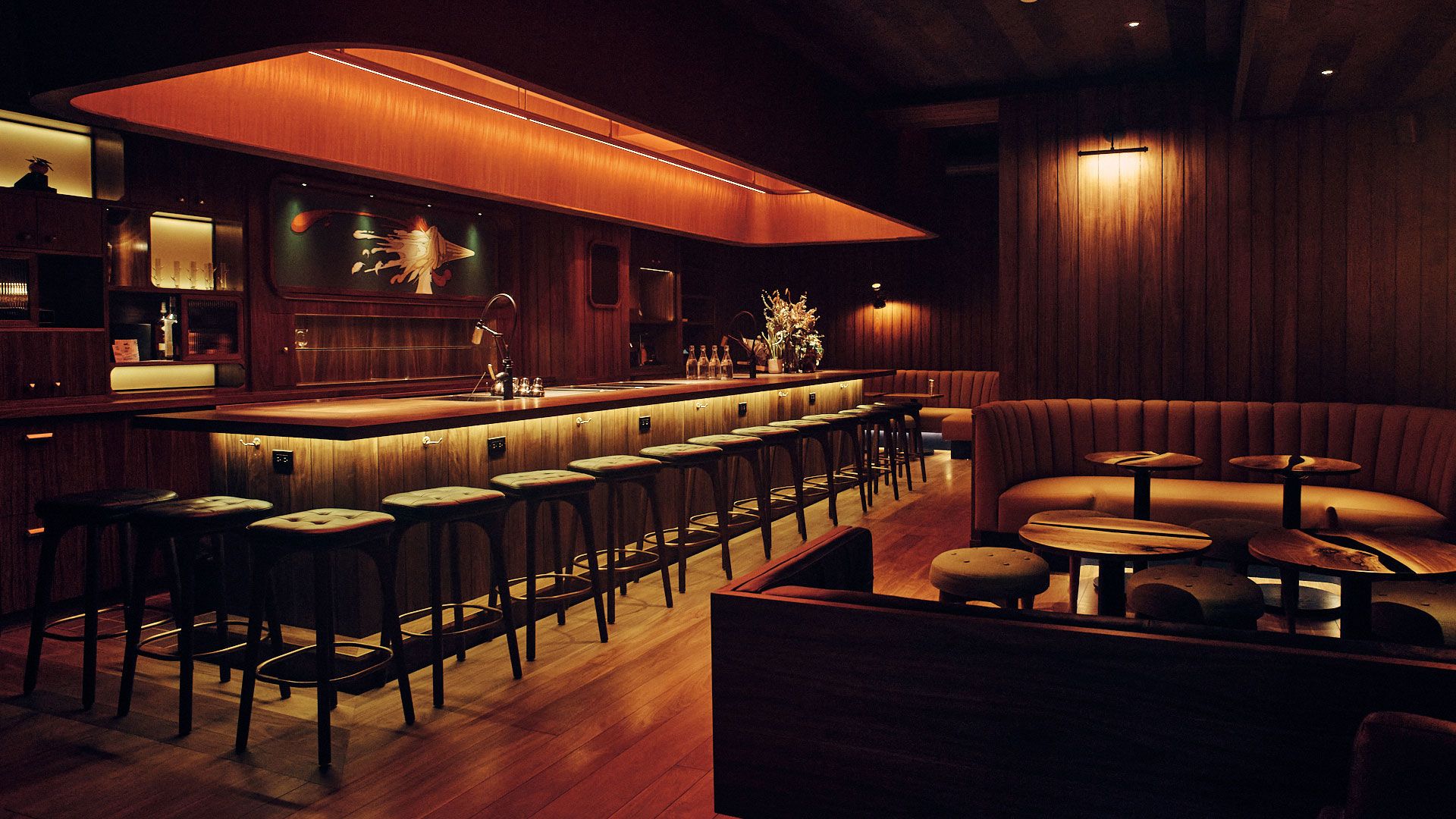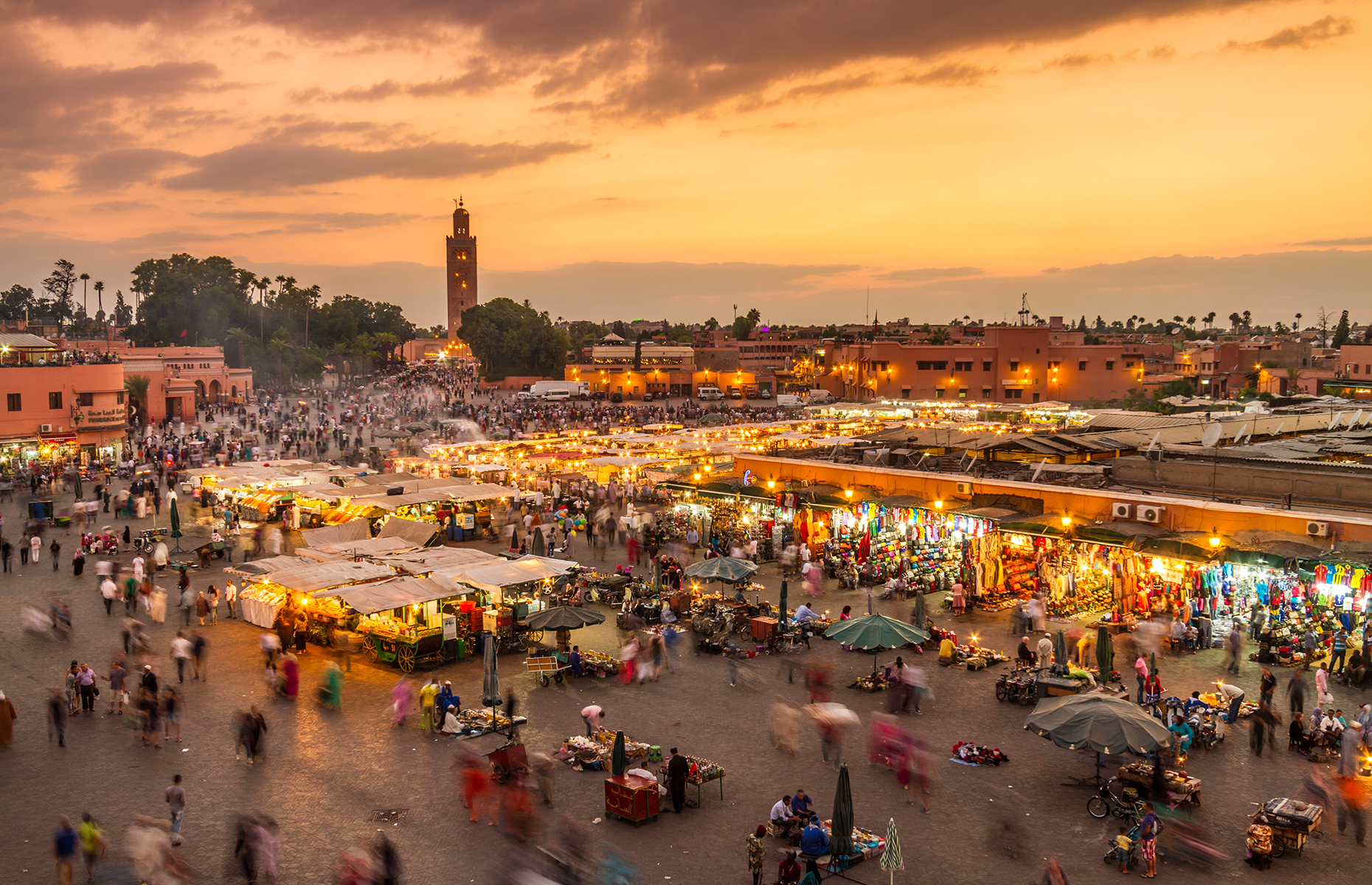
14 Journeys That Prove Why South America Is the Next Culinary Capital
South America’s kitchens are rewriting the global culinary story. From Amazonian forests to Andean altitudes, vineyards to coastlines, the continent offers journeys where cuisine is not just food—it is landscape, identity, and revolution. These 14 experie
South America’s kitchens are rewriting the global culinary story. From Amazonian forests to Andean altitudes, vineyards to coastlines, the continent offers journeys where cuisine is not just food—it is landscape, identity, and revolution. These 14 experiences show why South America stands as the world’s next culinary capital.
Lima has become the epicenter of contemporary South American cuisine, with chefs weaving Amazonian, Andean, and coastal ingredients into menus that define global fine dining.
At the foothills of the Andes, Mendoza pairs Malbec with open-flame cooking. Vineyards double as restaurants, where terroir is tasted both in the glass and on the plate.
Brazil’s largest city thrives on multiplicity—Japanese, Italian, and Lebanese influences mix with indigenous roots, producing one of the world’s most eclectic urban foodscapes.
Chilean chefs draw from Pacific seafood and mountain agriculture, creating a cuisine where freshness and geography dictate every dish.
At 2,800 meters, Ecuador’s capital redefines sourcing—cacao, maize, potatoes, and herbs harvested from altitude shape menus that are as elevated as the city itself.
Cartagena’s coastal cuisine celebrates coconut, plantain, and seafood, reflecting Afro-Caribbean heritage in flavors both vibrant and soulful.
While parrillas define Argentina’s capital, Buenos Aires is also embracing modern bistros, inventive patisserie, and global fusion, expanding its culinary vocabulary.
In the shadow of Machu Picchu, Cusco’s kitchens reinterpret Andean traditions—quinoa, alpaca, and ancient corn—into refined expressions of heritage cuisine.
Artists’ city Valparaíso is also a culinary playground, where markets and coastal kitchens create colorful, eclectic dining inspired by creativity and the sea.
At dizzying altitudes, La Paz chefs showcase potatoes, grains, and herbs native to the Altiplano, turning highland resilience into culinary sophistication.
From Brazil to Peru, the Amazon provides exotic fruits, freshwater fish, and medicinal herbs, with chefs transforming biodiversity into unforgettable dishes.
Uruguay’s capital blends beef traditions with seasonal produce, offering a cuisine that feels understated yet deeply rooted in terroir.
Lamb roasted over open fire, king crab from icy waters, and herbs gathered from wild landscapes make Patagonia a frontier of elemental cuisine.
Dishes like moqueca and acarajé, infused with dendê oil and centuries of Afro-Brazilian tradition, reveal Salvador as both cultural and culinary capital.
14 Journeys That Prove Why South America Is the Next Culinary Capital
Lima, Peru: The Vanguard of Gastronomy
Mendoza, Argentina: Vineyards and Fire
São Paulo, Brazil: Diversity on Every Plate
Santiago, Chile: Pacific Meets Andes
Quito, Ecuador: High-Altitude Ingredients
Cartagena, Colombia: Caribbean Soul
Buenos Aires, Argentina: Beyond Beef
Cusco, Peru: Sacred Valley Flavors
Valparaíso, Chile: Bohemian Bites
La Paz, Bolivia: Altiplano Innovation
Amazon Basin: Forest on the Plate
Montevideo, Uruguay: Subtle and Seasonal
Patagonia, Argentina & Chile: Edge of the World Dining
Salvador, Brazil: Afro-Brazilian Heritage





